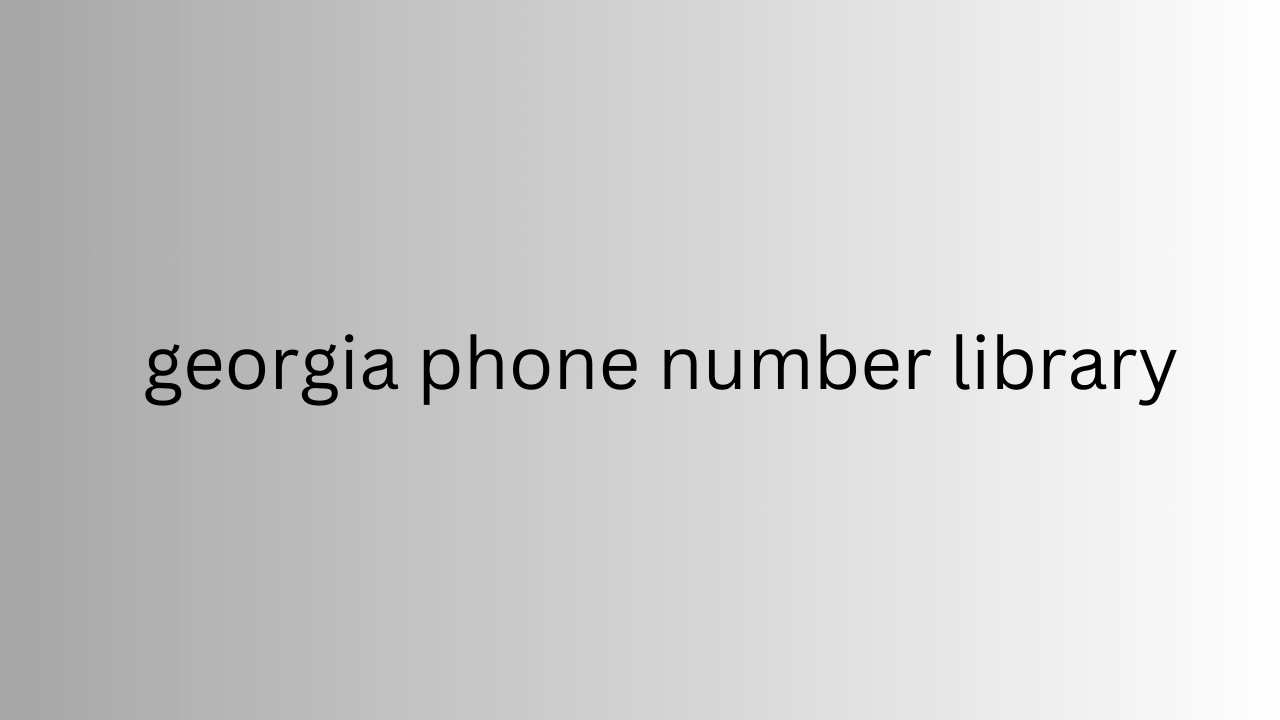The best content in the world becomes a dead letter if it is not made usable and “findable”: and if people do not come into contact with your content, they will hardly be able to notice you, fall in love, become your prospects and then, if you have worked well, customers.
This is why information architecture is something that should become central to your communication strategy: because it helps people find what they are looking for and, in turn, helps you generate leads for your company.
The 8 Principles of Information Architecture
If your goal is to generate leads, information architecture is your great ally. It's about logically and semantically organizing information to find leads and make sure the message gets through as easily and efficiently as possible. And you should know these principles when writing and designing web pages for B2B Lead Generation :
Objects : Treat the content as a living being
Choices : Create focused pages, with a particular task
Disclosure : Display information to help understand
Examples : Describe the content of the categories by showing examples
Entrance : Many arrive from a page other than the home page
Classification : Offer different schemes to browse content
Targeted navigation : don't mix apples and oranges
Growth : Today's content is a small fraction of tomorrow's content
As you can see, writing texts for a website is only a part of content architecture, but I believe that from these principles some ideas can come to life that you can put into practice right away.
Generate leads with structured content
Creating a good article structure is THE basic principle for the good georgia phone number library effectiveness of your content . The fundamental question here is: how to organize the information?

The beacon of this process is the need to make the work easier : the reader must immediately understand what you want to communicate , the theme of the page, what he will find useful, why he must continue reading. Or he will leave and you will have lost a business opportunity.
Headline : grab attention and inform
Subtitle : deepens and introduces
First paragraphs : define and explain
Image : captures the reader's gaze
The mechanism is that of the inverted pyramid of journalism.
generate leads inverted pyramid
First give the most important information , or the answer to the question that your target expects. Then go into more detail, always keeping faith with the principle of economy : what is not needed can go away, perhaps leaving internal or outgoing links for further information.
Remove what is not needed from the article
Remove unnecessary information to highlight what the reader needs. This is one of the basic principles of good information architecture: why bother the user with text, images or videos that do not serve to communicate value to your B2B leads ?
Taxonomies: Tags and post content
Make information available in the right place, when it is needed: this is the task that categories and tags of your blog must fulfill, according to these “best practices”:
Each article in a single category.
Few tags for each post.
If you are not clear about how to use tags systematically, you can create a mind map to organize the branching upstream . In this way, the blog can develop by creating only tags and categories that are really useful, avoiding semantic overlaps , for example .
Does it make sense to have two tags dedicated to web writing and online writing? Maybe accompanied by a web copywriting category? No, it's a problem for Google and the user.
Generate leads with words
